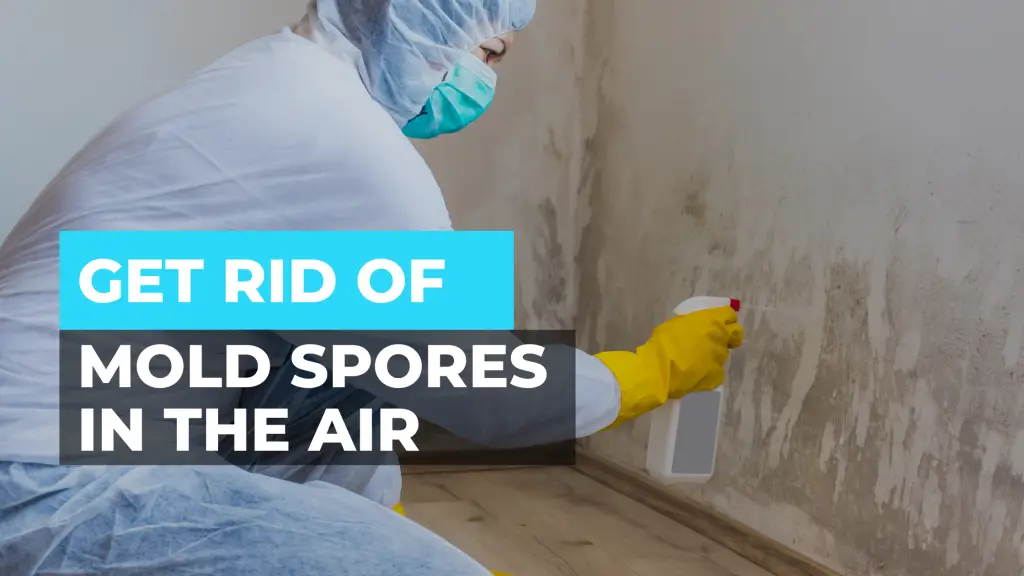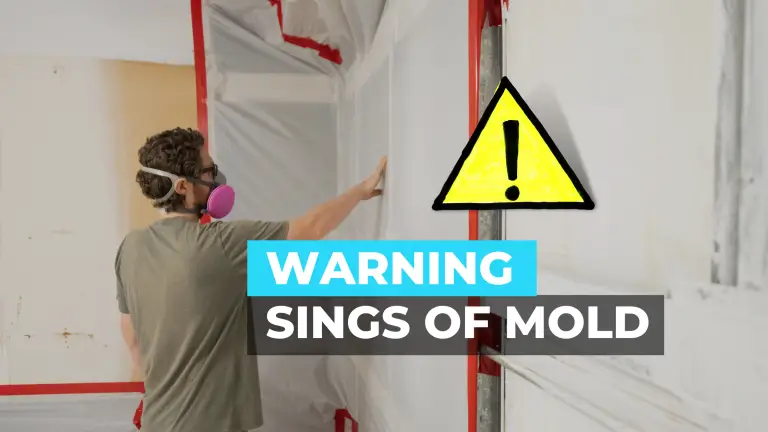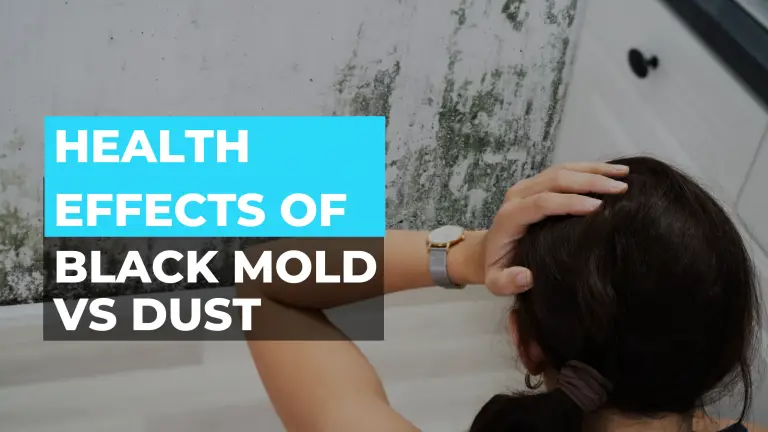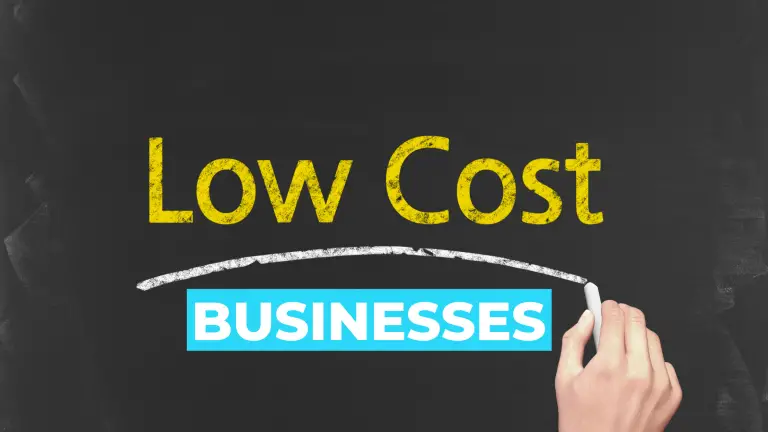How to Get Rid of Mold Spores in the Air

The best way to eliminate mold spores from your home is to clean your home with a mixture of Borax, Distilled water, and Baking soda. When cleaning your home, you should always wear personal protective equipment, such as a face mask. This is because the chemicals that are used to clean your home may contain invisible toxic particles that are harmful to your health. Using the incorrect mixture could result in an overgrowth of mold in your home.
Baking soda
Baking soda can be an effective way to get rid of mold spores, particularly in areas where moisture is a major problem. This natural substance can be found in most households. It can be used to scrub surfaces and kill spores without harming people or pets. It also deodorizes the air and can be used to clean mold. Baking soda is often used in conjunction with vinegar to kill mold spores and prevent them from growing back.
However, baking soda is not the only solution. There are more than 100,000 types of mold, and most prefer a low pH environment. Although the soda powder is not toxic to mold, it is not the best solution for most problems. Some types of mold can survive in alkaline environments, so it is vital to understand that using baking soda is not a permanent solution. You may need stronger detergents to completely eliminate the mold.
You can also use hydrogen peroxide to kill mold. You can mix a small amount of hydrogen peroxide in water and apply it to the affected area. The hydrogen peroxide will kill the mold and fade the stain. You can also spray white distilled vinegar directly onto the mold and let it sit for an hour before rinsing it off. You should repeat this process a few times if you are experiencing a lot of mold infestations.
Distilled white vinegar
Using distilled white vinegar to clean your home can help you get rid of mold spores. This substance contains about 5 percent acetic acid and can kill mold spores. However, it is not a fast solution. It takes days for a small colony to grow into a large one. You should check the house weekly for signs of mold, such as a musty smell.
You can also use a solution of baking soda and water to clean up mold. To make this solution, mix 2 cups of water with one teaspoon of baking soda. Shake the solution well and then spray the moldy areas. After the solution has dried, you can rinse them with warm water and a towel. Repeat the process for a few days, and the mold spores should be gone.
For small mold infestations, you can spray undiluted white vinegar directly on the moldy surface and allow it to dry for about an hour. During this time, you should also open windows and turn on the exhaust fans. For a thorough clean, you can also wipe down surfaces with hot water and a clean cloth to remove any excess vinegar. You should be sure to dry all surfaces before allowing the solution to work.
For larger areas, you can use a combination of distilled white vinegar and baking soda to clean mold. Baking soda is an excellent cleaner, but it is not as effective as vinegar. Baking soda is an excellent mold-removal agent and can also be used to treat indoor surfaces. Just remember to use protective gear, and don’t dilute the vinegar. It’s important to note that the EPA recommends using vinegar rather than bleach to clean up mold spores.
Borax
Using Borax to get rid of mold spors in the air can be a good solution if you are concerned about the danger of toxic fumes. Unlike other mold killing chemicals, Borax does not produce dangerous fumes when mixed with water. Another option is using white distilled vinegar to kill mold. It is a cheap cleaning product that can be found in most grocery stores. Mix the two together and spray it into the air.
The solution can be applied on a rag, sponge, or scrub brush. It can also be sprayed on porous surfaces that feed mold. Borax mold spray will work best on materials that absorb water and keep it moist. Once it dries, you can simply wipe off the surfaces and repeat the process as necessary. The best part about this solution is that it does not require any rinsing or disinfecting and prevents any future mold from growing.
Borax is a common cleaning chemical. Many individuals and industrial companies use it. Because it does not emit toxic fumes, it is non-toxic and safe to use. This product is commonly used in glass and ceramics. However, many people are confused between borax and boric acid. However, borax has no toxic fumes and is effective against mold in any environment.
Distilled water
For a quick way to kill mold, you can use distilled white vinegar. Vinegar has a high acidity that breaks down the structure of mold. It is non-toxic and relatively gentle, but it can leave a mold stain behind. A similar method is to use borax or baking soda, which are both acidic, but can be mixed with water to make a cleaner. Both products are effective, but borax works better than baking soda in removing lingering mold stains. While vinegar is not as effective as borax or baking soda, you can safely leave these solutions on your mold to prevent it from returning.
Another effective solution for mold removal is hydrogen peroxide. This mixture is sprayed directly on the mold, leaving it to bubble for about 10 minutes before it can be removed. Then, you should remove the hydrogen peroxide solution by wiping off with a clean, non-porous towel. If the problem is too large, you should seek professional help.
Borax is a common cleaner and deodorizer, but it also has antimicrobial properties. Borax also works as an insecticide and herbicide. Borax is a good alternative to chlorine bleach. Borax is a non-toxic solution that is safe for people and the environment. If you’re worried about the odor of chlorine bleach, try hydrogen peroxide instead.
Ventilation system
The first step to getting rid of mold spores in the home is cleaning your air vents. You may notice mold stains or spots on the vents themselves. The stains can be removed using a special cleaning solution and tools. Make sure to wear a HEPA filter face mask when cleaning vents. Apply bleach in a water solution and use a flexible sponge to spread the solution inside the vents. Turn off the electric to your HVAC system before starting to clean the vents. You can also use a HEPA vacuum to clean the vents.
You can also try using a dehumidifier to remove excess moisture from the air. These devices remove the excess moisture that mold spores need to grow. In addition to the dehumidifier, regular vacuuming with a HEPA filter will help reduce the amount of mold spores in the air. For a more permanent solution, you can use plastic sheeting to cover vents.
There are several reasons why mold spores are harmful. They can cause respiratory illness and allergic reactions. In addition, mold can cause watery eyes and runny nose. When the problem is severe, these symptoms can become worse. The best way to protect yourself and your family from the health risks is to use a ventilation system that’s completely free of mold. You should also clean the HVAC system regularly. If you don’t, you’ll be exposing yourself to harmful mold spores.
Cleaning cloths
If you suspect that your home is infested with mold, you must clean it to remove any traces of fungi. While cleaning mold will remove the visible fungus, you should also clean your clothes carefully to prevent any mold spores from settling on them. However, if you are not careful, you might not be able to eliminate mold completely. Consequently, you should use cleaning products that are natural and non-toxic.
Several types of mold are present in your home. The most common type is Aspergillus, which is found in damp environments. It produces chemicals known as mycotoxins, which can cause respiratory problems in humans. To ensure that you are safe from these allergens, you must follow certain precautions, such as wearing a mask and protective clothing. Mold spores can be dangerous when they become airborne.
Another way to remove mold from your clothes is to use distilled white vinegar. The acidic nature of vinegar helps break down the structure of mold. However, it is a gentle solution that may leave stains. You can also use borax or baking soda, which both have a high pH and are safe to use. Borax is better at removing lingering stains, but they are not as effective. The cleaning solution may also contain mold spores, which may be transferred to surfaces and lungs.







